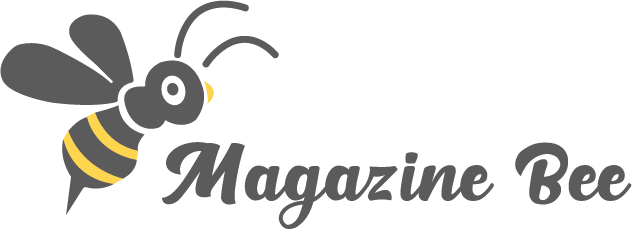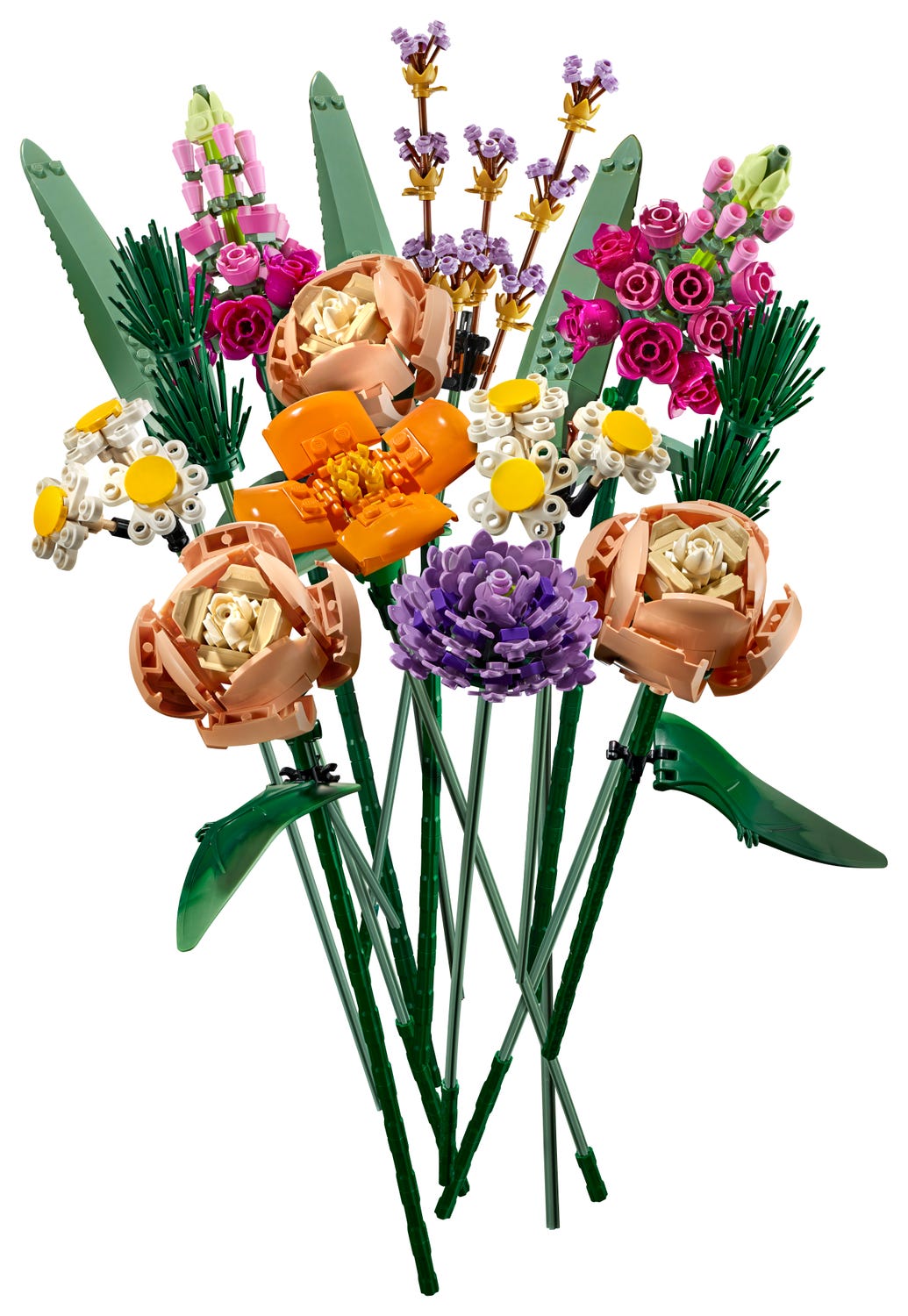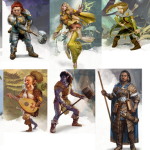The art of appreciation begins with a simple act of appreciation: giving flowers. The most commonly given gifts of flowers include bouquets, carnations, roses, and the like. For example, giving a dozen roses to a bride on her wedding anniversary is one way to show her how happy you are with her as your husband. If you do not know where to buy fresh flowers, you can have any florist arrange them for you. You might even learn to make homemade arrangements with your own hands.
A flower sometimes called a blooming flower, or a flower bud, is actually the reproductive organ found in flowering plants that also contain seeds. The primary biological function of a plant is to facilitate reproduction, which generally by providing a hormonal mechanism for the union of male and female sperm. The flower bud contains the male part, which is called the stamen, and contains the female part, which is called the pistil. When the pollen from the flower bud is released, it is carried by the wind and eventually ends up in a tree. People think that flowers provide us with a physical reminder of the beautiful things in our lives, but they also serve a psychological purpose in helping us to appreciate the simpler things.
One of the earliest flowering plants is the so-called fossiliferous plant. These plants originated about two million years ago during the Eocene period of the prehistoric era. The fossils record evidence of ancient animals and insects that lived alongside modern-day plants. Among the fossils are hooves, teeth, horns, scales, claws, and even footprints.
All vascular plants, which include all flowering plants, contain two reproductive organs: a prothallium (or bulb) and a sepia (or leaf). The prothallium functions as a storage area for storing food for the next season. The sepia functions as a mode of transportation to the flower buds for reproduction. A single spermatozoon can exist in either organ. Flowering unisexual flowers have both a prothallium and sepia. On flowering unisexual flowers, both the prothallium and the sepia are present.
Petals consist of a framework divided into three parts, which are the anther, filamentous part, and cutis. The filamentous part of the petal is the section where pollen grains are deposited before the anther, or the cutis separates to release the pollen. The remaining structure, which is composed of the stamen and the ovary, serves as the source of the flower’s reproductive parts. All living flowers have both a male and a female reproductive organ. Flowering petals have an ovule and a glandular component.
Flowering plants have parts called placentae, which serve as the receptacle of the fertilized ova for implantation into the mother plant. The fertilized ova contains a capsule which is the receptacle for the transferred pollen. Flowering plants also contain apothecary, which are small branches that support the floral stems and provide support for the budding buds. The other reproductive parts of the plant are called stigmas, which are not present in all flowers but serve to aid in pollination. Each blossom has a stigma, which marks its presence.
The inflorescence is an arrangement of the different parts of a plant to form a colorful display. Flowering plants have a variety of inflorescences, which are present in the various parts of the plant. Flowering plants have different parts called floriferous groups, which are present in the different parts of the plant. Flora, which is a word derived from Latin, means “flower.” There are a variety of species of flowering plants, which are known as floribundas.
A type of flowering plant is the butterfly flower, which is a diploid member of the cabbage family. It consists of two to eight flower stalks and contains three to nine small leaves, which are enclosed in a thick plastron. The flower bud is surrounded by a bract, which is rich in nectar, which pollinates the flowers and transfers the pollen to the next plant through a process called capillary transport. Butterfly flowers are a source of food for several insects, such as bees, butterflies, certain birds, and even some reptiles, which feed on the nectar.



